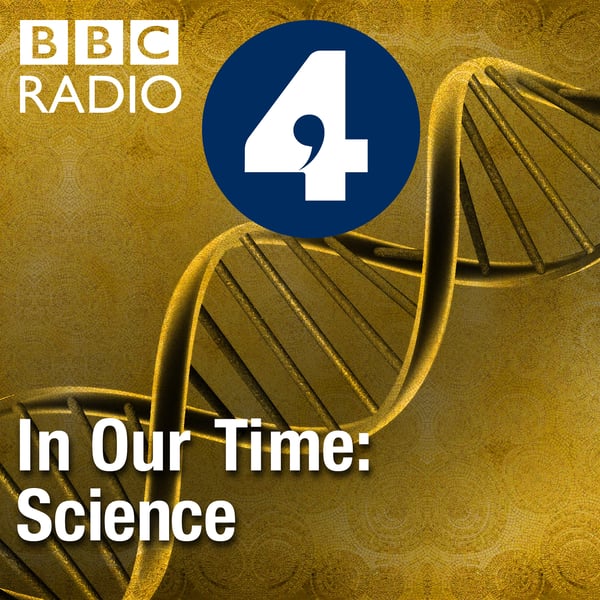P v NP
In Our Time: Science
BBC
4.5 • 1.4K Ratings
🗓️ 5 November 2015
⏱️ 46 minutes
🧾️ Download transcript
Summary
Transcript
Click on a timestamp to play from that location
| 0:00.0 | Thank you for downloading this episode of In Our Time, for more details about in our time, and for our terms of use please go to BBC.co.uk. |
| 0:08.0 | UK slash Radio 4. I hope you enjoy the program. |
| 0:11.0 | Hello, the problem of P versus NP is so difficult to solve there's a $1 million prize on offer |
| 0:17.0 | from the Clay Mathematical Institute for the first person to come up with a solution. |
| 0:22.0 | At its heart is the question, are there problems |
| 0:24.0 | for which the answers can be checked by computers but not found in a reasonable time, |
| 0:28.4 | or can all answers be found easily as well as checked if only knew how. |
| 0:33.0 | Its intrigued mathematicians and computer scientists since Alan Turing in the 1930s |
| 0:38.0 | found that some programs given a problem could run indefinitely without finding the answer. That's as true of today's |
| 0:44.4 | supercomputers as it was in his day. Resting on P versus NP is the safety of online banking |
| 0:50.4 | and all online transactions which are currently secure. |
| 0:53.0 | If answers can be found as easily as checked, computers could crack passwords in moments |
| 0:58.0 | to solve thousands of practical problems is also in sight. |
| 1:02.0 | With me to discuss, but not perhaps solve the problem of |
| 1:05.3 | P versus N. P. A Colver Roney Doagle, reader in pure mathematics at the University of |
| 1:10.0 | St Andrews. Timothy Gowers, Royal Society Research Professor in Mathematics at the |
| 1:14.6 | University of Cambridge, and Leslie Ann Goldberg, Professor of Computer Science and |
| 1:19.0 | Fellow of St Edmund Hall University of Oxford. |
| 1:22.3 | Colver Rone Duva, what was Alan Turing doing in 1936 and led him to this? |
| 1:28.0 | Alan Turing was interested in trying to solve some problems in the foundations of mathematics and how that links in with this is he started thinking about how you could define whether or not it was possible to solve a problem and this led him at the bright young age of 22 to essentially |
| 1:44.6 | invent our modern notion of a computer. It was a little while before computers |
| 1:48.8 | were actually built but he defined an abstract machine that we now call a Turing machine and said that the properties it needed to have is that it should be able to read input, it should be able to write output, and it should be able to decide what to do based only on what state it was in then |
... |
Please login to see the full transcript.
Disclaimer: The podcast and artwork embedded on this page are from BBC, and are the property of its owner and not affiliated with or endorsed by Tapesearch.
Generated transcripts are the property of BBC and are distributed freely under the Fair Use doctrine. Transcripts generated by Tapesearch are not guaranteed to be accurate.
Copyright © Tapesearch 2025.

